History
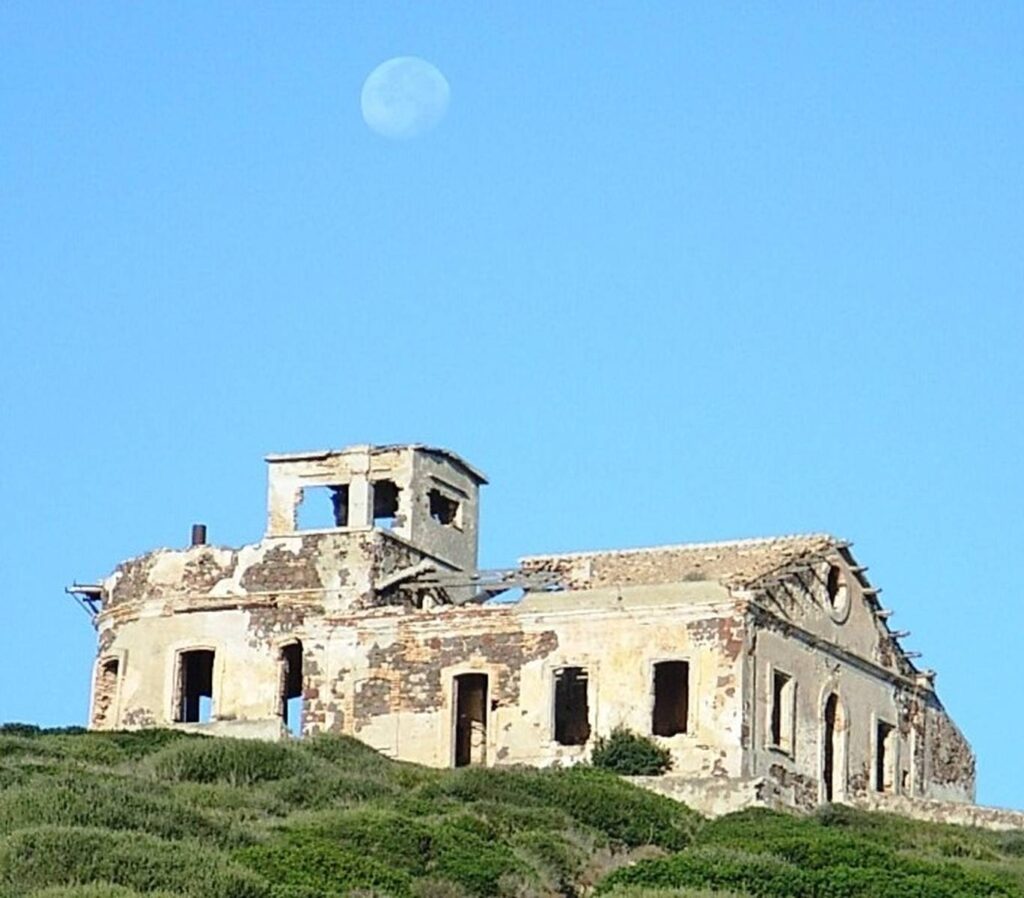
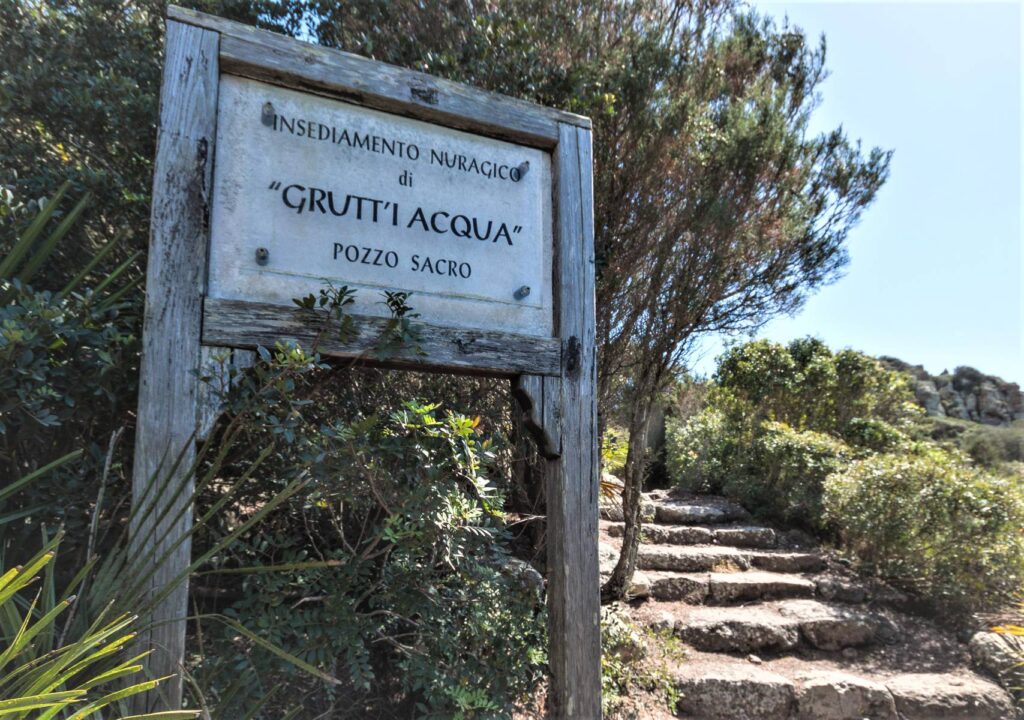
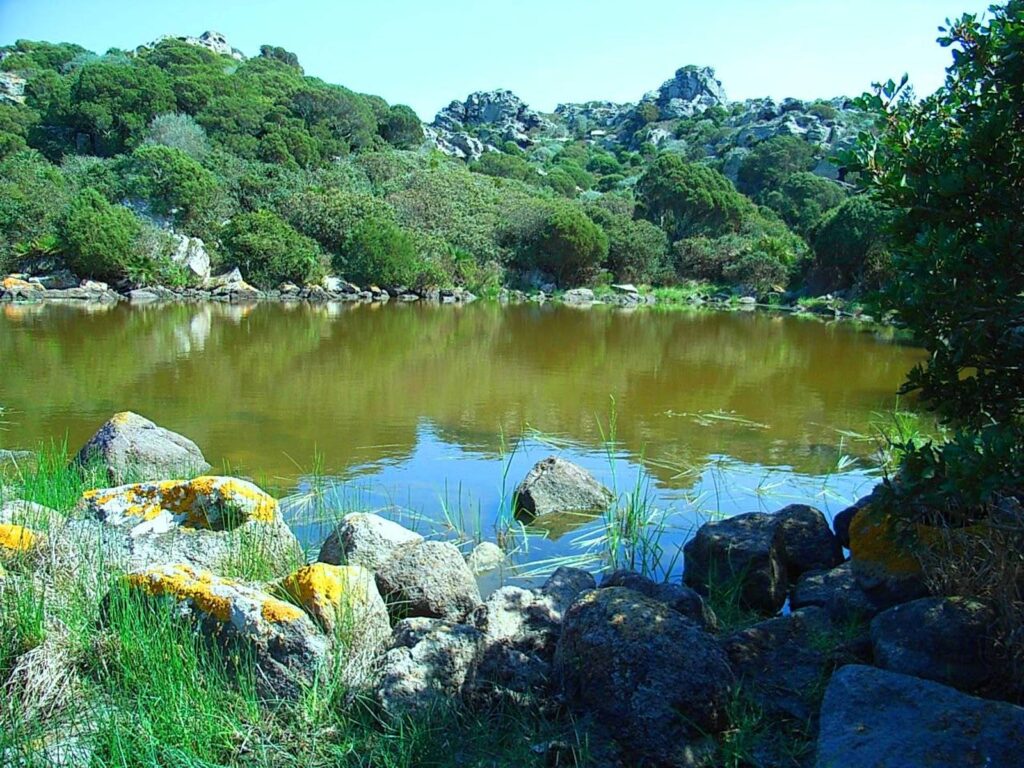
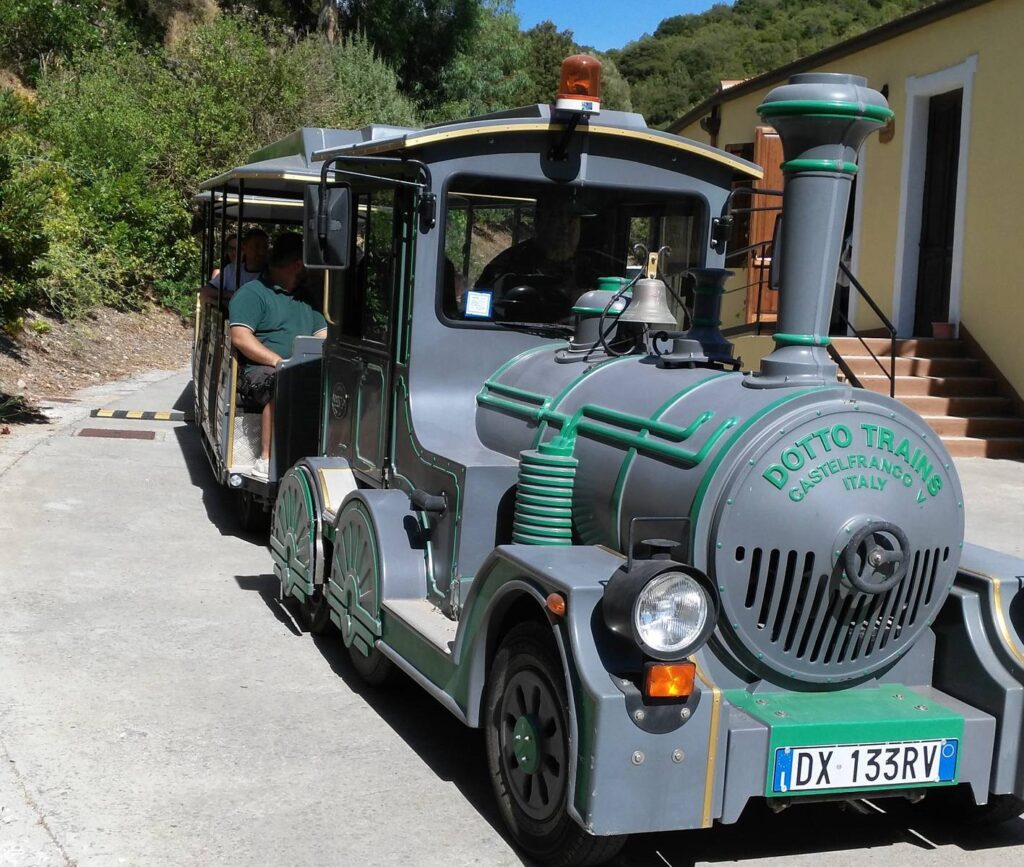
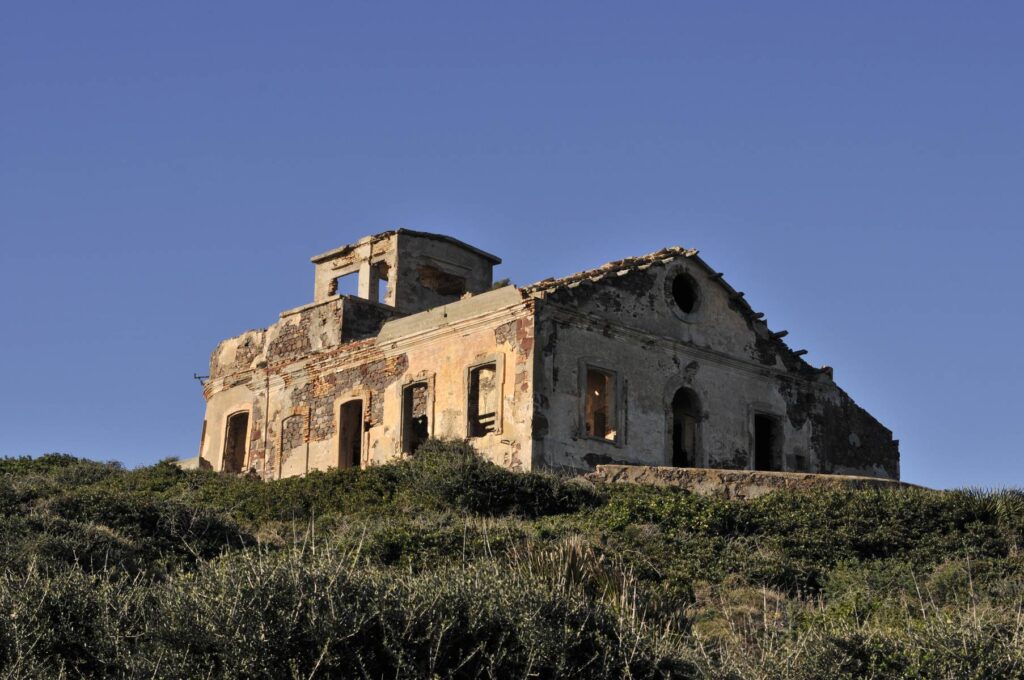
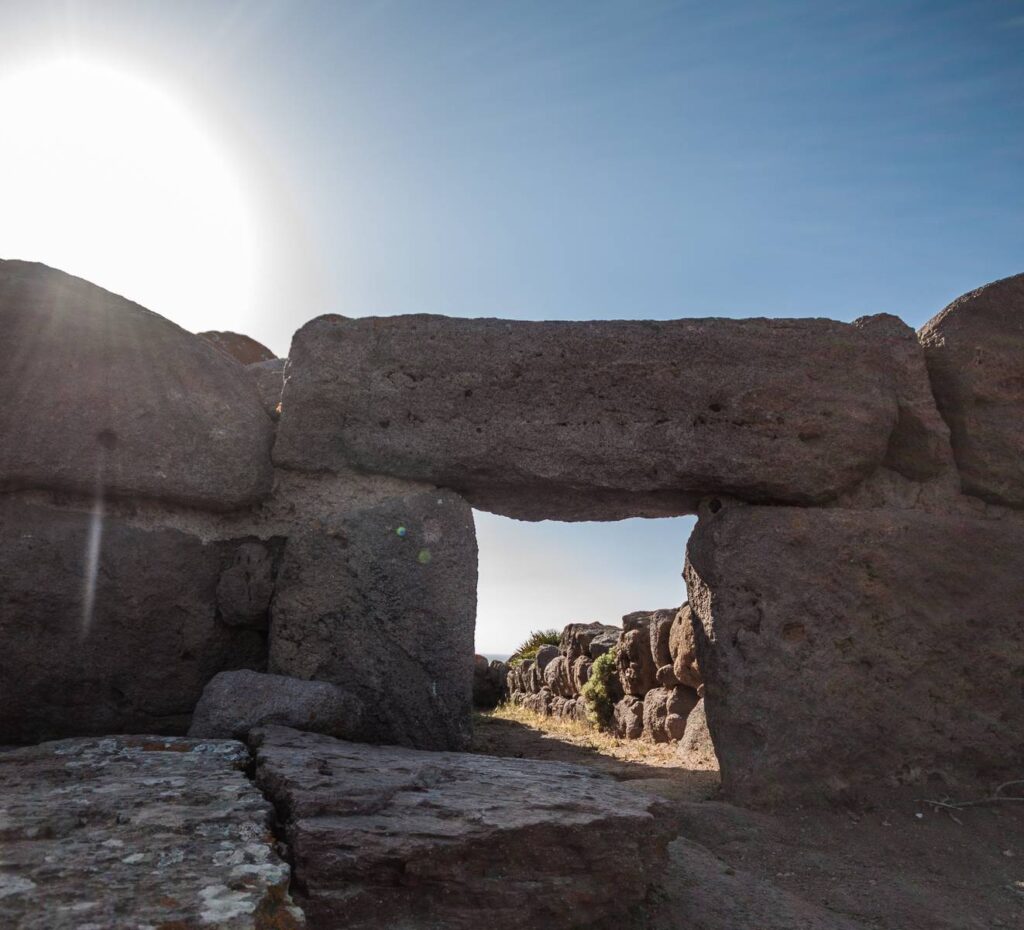
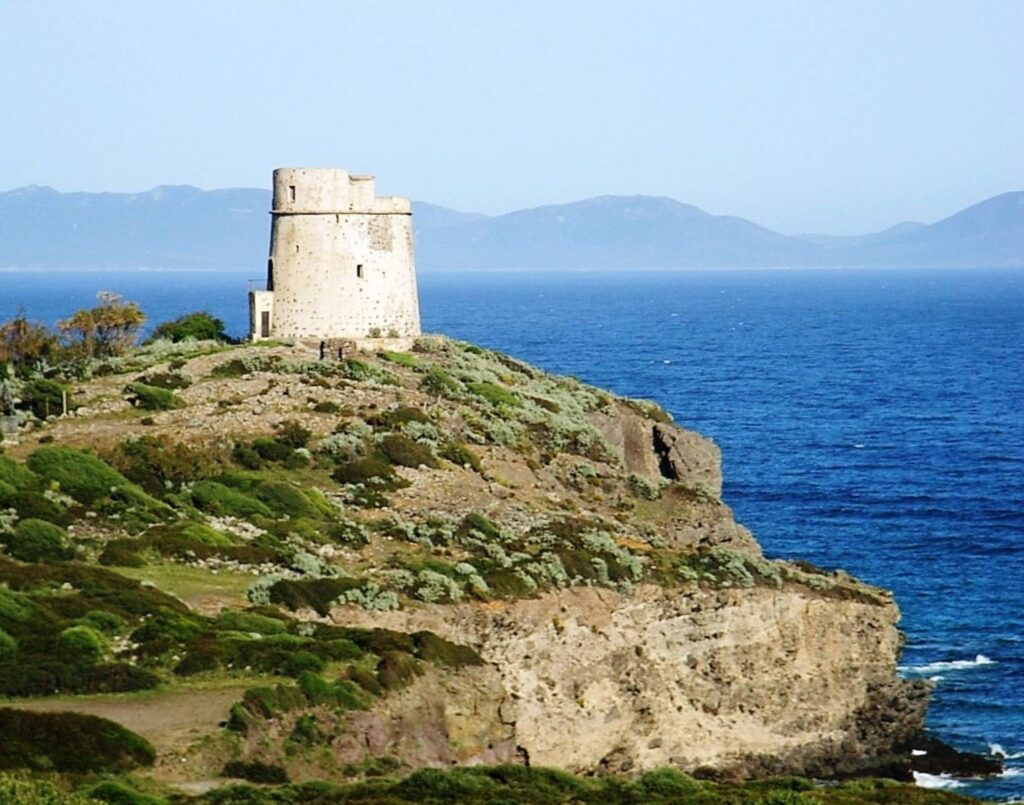
A millenary history surrounds you: since prehistoric to nuragic era, from successive dominations, the Phoenician / Punics, the Romans, the Vandals, up until the time of the Giudicati, the brief French occupation, the Aragonese and Spanish influences, up to the Savoy era. The history of Sant’Antioco, the ancient Sulki, so important to get authorized to coin money in Roman times, is really long and intense. For history lovers
- the archaeological museum Ferruccio Barreca in Sant’Antioco, it worths a visit
- the basilica of Sant’Antioco martyr with his catacombs
- the tophet in Sant’antioco
- the ethnographic museum in Sant’Antioco
- the hypogeum village in Sant’Antioco
- the Roman amphitheater in Sant’Antioco
- the Bisso Museum, in Sant’Antioco
- the fort Su Pisu, in Sant’Antioco
- more than 30 nuraghi scattered on the island
- the nuragic site of Grutti Aqua, right next to us
- the Giants tomb, right next to us
- the nuragic site of Corongiu Murvonis, towards the center of the island
- the domus de janas, ancient prehistoric tombs carved into the rock
- the Roman bridge, which you see on your right, entering Sant’Antioco bridge
If you want to go a bit further from Sant’Antioco, don’t miss:
• the archaeological site of Monte Sirai, in Carbonia
• the Cathedral of Santa Maria di Monserrato, in Tratalias, from the Pisan era
• the numerous churches of Iglesias
• the necropolis of Montessu, Villaperuccio
• the Roman temple of Antas, in Fluminimaggiore
• the giants tomb of Barrancu Mannu, in Santadi